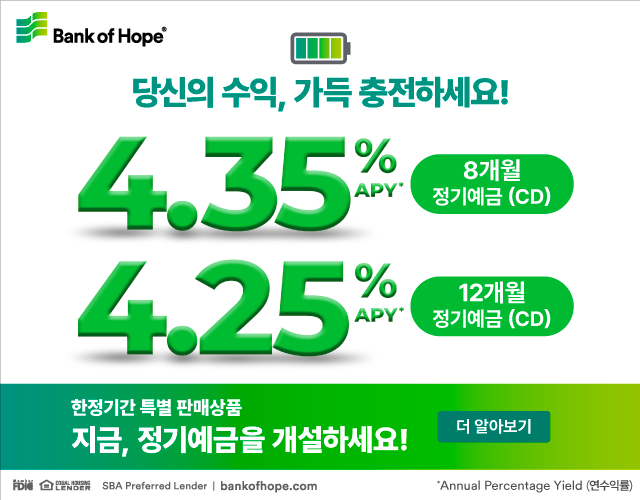
This article insightfully reveals how age-specific design strategies drive consumer trust, from playful visuals for children to accessibility-focused layouts for seniors. A must-read for marketers aiming to align visual branding with emotional and cognitive needs across generations. – Editor’s Note
Design is one of the most important aspects of human life and experience, impacting emotions, social states, and even environmental states. Design also shapes our daily experiences, influencing our decisions. Interestingly, designs impact humans differently by different age groups. For example, a colorful logo with a cartoon character drawn would be way more appealing to children (aged around 4–12) than seniors (aged around 60+)!

Children
For young children, trust is rooted in familiarity and playfulness. Brands that use bright, primary colors (like red, blue, and yellow), rounded shapes, and friendly cartoon characters or mascots are more likely to gain attention and confidence. Children associate these elements with fun, safety, and reliability—qualities they see in toys, games, and educational tools. Complex layouts or dark colors, on the other hand, may confuse or alienate them. A product like LEGO or Goldfish snacks uses bright packaging and fun characters to immediately win a child’s trust. Design elements that offer children trust are linked with positive emotions.
The reason why design elements that are rooted in positive emotions are appealing to young children is because positive emotions play a crucial role in their cognitive skills. Cognitive skills in children encompass the development of thinking, learning, and problem-solving abilities. Cognitive skills help children interact with their surrounding environment, in other words, adjusting them to the human world by exploring new elements of the environment. To sum up, positive emotions enhance cognitive skills by increasing dopamine release in the brain associated with cognitive thinking, and therefore, designs with positive appearances are appealing to children.
Young child plays with colorful blocks
Teens
Teenagers tend to trust brands that appear bold, trendy, and aligned with current pop culture. High-contrast color palettes, edgy logos, and dynamic layouts appeal to this group’s desire for individuality and social relevance. Design choices that reflect teen interests like urban fonts, sharp shapes, and hover effects suggest a brand understands and respects their identity. When a design feels outdated or overly corporate, teens may see the brand as out of touch. Platforms like Nike or TikTok use sleek yet energetic designs to show they “get” today’s youth.
Young Adults
For young adults, especially those in their 20s and early 30s, trust often comes from clean, modern design that communicates professionalism and user-friendliness. Neutral color palettes, balanced white space, minimalist logos, and smooth user interfaces are key. This age group prefers design that feels authentic and refined, often evaluating whether a brand seems reliable enough to invest time or money in. Think of companies like Apple or Airbnb, whose polished and intuitive design builds instant trust among young professionals.
Adults
Adults in this age range tend to trust designs that feel dependable, practical, and well-structured. They gravitate toward professional layouts, organized navigation, and neutral tones like blue, green, and gray—colors that suggest security and competence. Fonts should be clear and readable, and visuals should reflect real people and real scenarios. Overly playful or experimental design may come off as unserious. Banks, insurance firms, and service brands like Fidelity or LinkedIn gain trust with this audience through straightforward and clean design choices.
Seniors
For seniors, trust in design is all about accessibility. Large, high-contrast fonts, minimal steps to complete a task, and simple navigation make all the difference. Design should reduce visual clutter and rely on clear icons and familiar layouts. Brands that complicate the user experience risk being seen as confusing or untrustworthy. Medical companies, retirement services, and senior-targeted tech (like the GrandPad tablet) succeed by prioritizing legibility and ease of use, offering reassurance through design that feels effortless and respectful.
In conclusion, design deeply shapes consumer trust, but there is no one-size-fits-all solution. Understanding what each age group looks for in visual presentation can help brands create meaningful, trustworthy connections from the very first glance.
<Jaymin Park Student Reporter>Palos Verdes High School jpola0412@gmail.com







